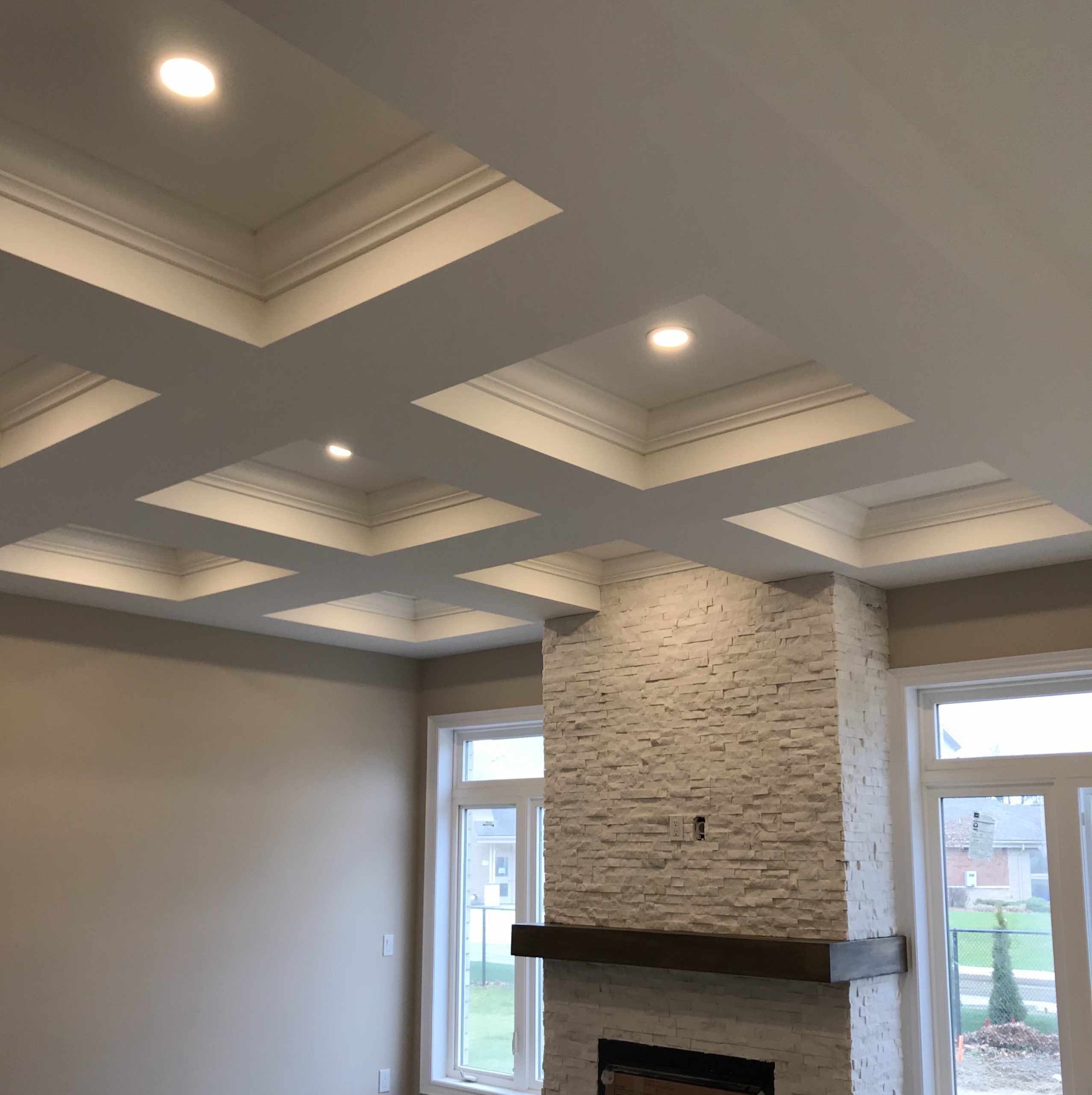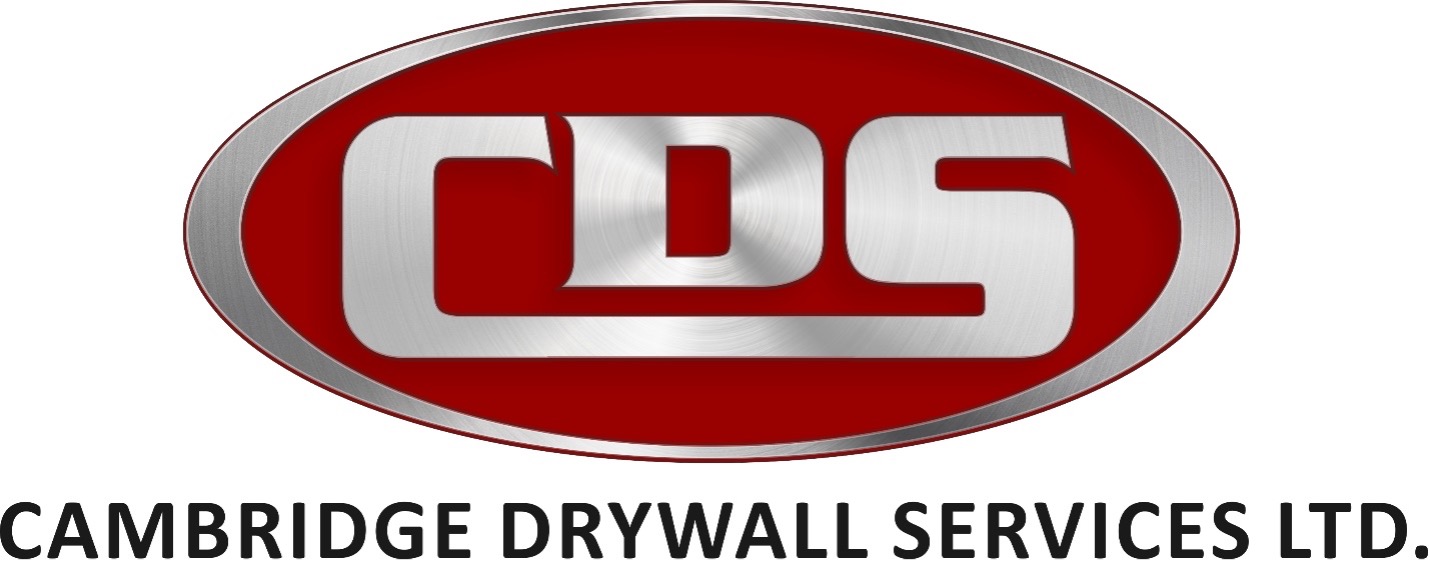
Mastering Moisture Management: Preventing Mold and Mildew in Drywall Installations
Moisture management is a critical aspect of drywall installations, as excess moisture can lead to the growth of mold and mildew, compromising both the structural integrity of the building and the health of its occupants. In this blog, we’ll delve into effective strategies for preventing mold and mildew in drywall installations, ensuring a durable and healthy indoor environment.
Understanding the Risks of Moisture Intrusion
Before exploring prevention methods, it’s essential to understand the risks associated with moisture intrusion in drywall. When moisture infiltrates the walls, it creates an ideal breeding ground for mold and mildew. These fungal growths not only compromise the integrity of the drywall but also release spores into the air, posing health risks to occupants, including respiratory issues and allergies.
Effective Moisture Prevention Strategies
- Proper Site Assessment: Begin by conducting a thorough site assessment to identify potential sources of moisture ingress, such as plumbing leaks, condensation, or inadequate drainage. Addressing these issues at the outset can prevent moisture-related problems down the line.
- Quality Materials: Invest in high-quality drywall materials that offer enhanced moisture resistance. Moisture-resistant drywall, also known as green board or blue board, is specifically designed to withstand humid conditions, making it ideal for areas prone to moisture exposure such as bathrooms, kitchens, and basements.
- Vapor Barriers: Install vapor barriers between the drywall and the framing to prevent moisture from seeping into the walls. These barriers act as a protective layer, reducing the risk of condensation and moisture infiltration.
- Proper Ventilation: Ensure adequate ventilation throughout the building to promote airflow and moisture evaporation. Install exhaust fans in areas with high humidity levels, such as bathrooms and kitchens, and consider implementing a whole-house ventilation system to maintain optimal indoor air quality.
- Regular Inspections and Maintenance: Conduct regular inspections of the building envelope, including the roof, walls, and foundation, to identify and address any signs of water damage or moisture intrusion promptly. Implement routine maintenance tasks such as cleaning gutters, repairing leaky pipes, and sealing cracks and gaps to prevent moisture infiltration.
Conclusion
By implementing proactive moisture management strategies and investing in quality materials, contractors can effectively prevent mold and mildew growth in drywall installations. Prioritizing moisture control not only preserves the structural integrity of the building but also promotes a healthy indoor environment for occupants. With proper planning, vigilant maintenance, and adherence to best practices, mastering moisture management becomes an achievable goal in every construction project.
-
What are the common signs of moisture intrusion in drywall?
- Answer: Common signs of moisture intrusion in drywall include discoloration, warping, peeling paint or wallpaper, musty odors, and visible mold or mildew growth. Additionally, swelling or softening of the drywall may indicate prolonged exposure to moisture.
-
How can I determine if my drywall installation requires a vapor barrier?
- Answer: The need for a vapor barrier depends on the environmental conditions and the specific requirements of the project. In areas with high humidity levels or frequent moisture exposure, such as bathrooms and basements, installing a vapor barrier between the drywall and the framing is recommended to prevent moisture infiltration and condensation.
-
What should I do if I discover mold or mildew in my drywall?
- Answer: If mold or mildew is discovered in drywall, it’s essential to address the issue promptly to prevent further spread and mitigate health risks. Begin by isolating the affected area and ensuring proper ventilation. Then, remove the mold or mildew using appropriate cleaning solutions and protective gear. Depending on the extent of the contamination, professional remediation may be necessary to ensure thorough removal and prevent recurrence. Additionally, identify and address the underlying cause of moisture intrusion to prevent future mold growth.
